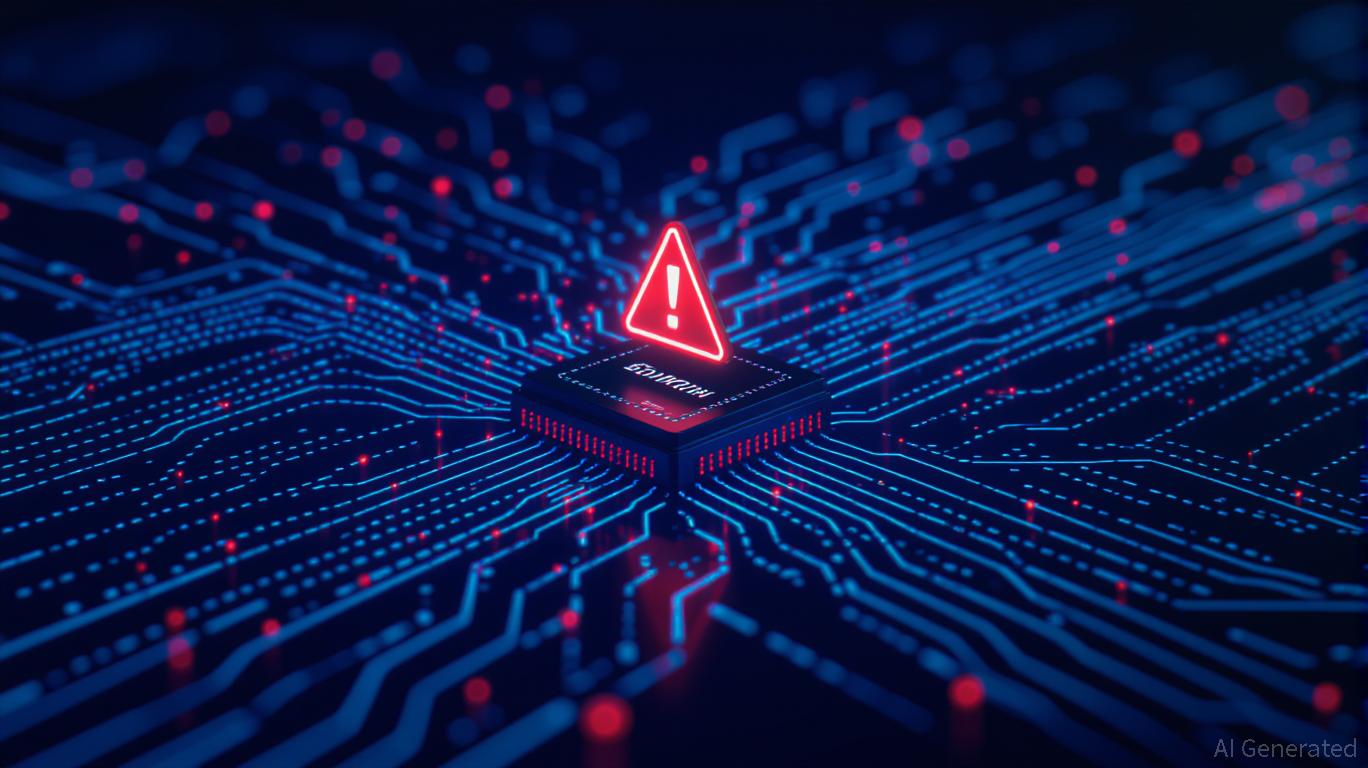Solana's Latest Fluctuations and Systemic Threats in Smart Contract Platforms: An Analysis of DeFi Stability and Weaknesses Following Recent Outages
The February 2024 Outage: Prompting a Rethink
On February 6, 2024, Solana’s network was down for five hours due to a bug in the Agave client’s Just-in-Time compiler. This disruption, which happened during a period of unprecedented activity (with 70 million daily transactions and $143 billion in DEX volume as of October 2025), highlighted the weaknesses of Solana’s single-layer execution approach. While advocates praise Solana’s speed and performance, the outage revealed shortcomings in both client diversity and consensus protocols.

Validator Network Shrinkage: Centralization or Streamlining?
Another pressing issue is the significant drop in Solana’s validator numbers. From a high of 2,500 in early 2023, the count has fallen to below 900 by 2025—a decrease of 64%. Detractors see this as a sign of growing centralization, while supporters argue that the validators who remain are more reliable, with many removed for malicious actions like facilitating sandwich attacks. The Solana Foundation’s move to cut validator subsidies further signals a focus on sustainability over sheer numbers.
This reduction, though, brings up concerns about whether the network can stay decentralized while attracting new validators. The upcoming Alpenglow upgrade, designed to lower validator costs by simplifying consensus, could help by making participation easier. Still, until these improvements are fully in place, the network’s dependence on a smaller, more concentrated validator group could pose risks.
DeFi’s Dilemma: High Throughput Versus Fee Structure
Solana’s single-layer design has allowed it to surpass Ethereum in DEX activity and on-chain earnings. Yet, this same setup has revealed flaws in its priority fee system. During the 2024
Still, these issues point to a larger challenge for DeFi: high throughput alone is not enough if users face unpredictable costs and poor experiences. For Solana to maintain its lead in DeFi, it must ensure its fee model meets the needs of both individual and institutional users.
Price Swings and Market Mood: A Constant Struggle
Solana’s price
Investor sentiment remains wary, as
Looking Forward: Upgrades Amid Uncertainty
Solana’s future plans feature two major upgrades: Firedancer and Alpenglow.
Nevertheless, skepticism in the market remains. While technical upgrades are crucial, they alone may not be enough to rebuild trust. Solana must also prove that its validator network and fee structures can evolve to meet the needs of a growing DeFi sector.
Conclusion: A Test of Endurance
Solana’s recent instability and systemic challenges illustrate the hurdles high-throughput blockchains face. The February 2024 outage and shrinking validator pool have exposed weaknesses that could threaten the network’s DeFi goals if left unaddressed. However, the community’s response—including QoS metrics, Firedancer, and Alpenglow—shows a strong drive for progress.
For those investing in Solana, the central question is whether these upgrades will be sufficient to bring stability to both its price and infrastructure. The outcome will hinge not just on technical achievements, but also on the network’s ability to balance speed, decentralization, and user satisfaction. In the wider DeFi world, Solana’s experience is a clear reminder: scalability is just the beginning, not the solution.